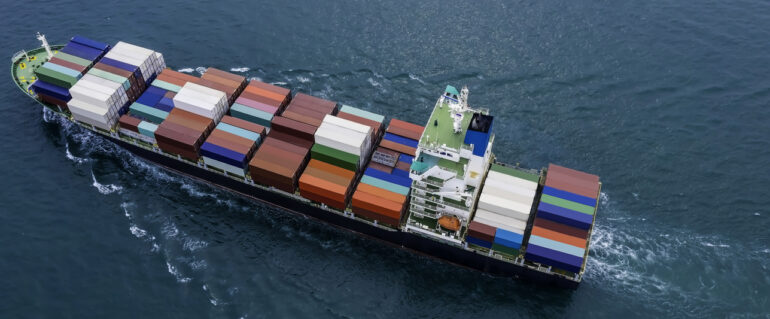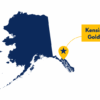The Port of Alaska is one of the most important transportation hubs in the state, as it is the access point to critical supplies that nearly all Alaskan citizens rely on. In 2014, the Port of Alaska Modernization Program (PAMP) was created to protect and update the state's most critical port for future generations. Let's discuss what PAMP has accomplished so far and where it stands today.
The Port of Alaska
Located on the upper Cook Inlet in Anchorage, the Port of Alaska has been operating since 1961. It's the largest port in the state and handles about 75% of all incoming cargo. Importing essentials such as food, consumer goods, building materials, and cars, the port supplies 90% of Alaskan citizens with necessities while generating 14 billion dollars a year in economic activity. However, because the port was built decades ago, the aging foundations have started to corrode and deteriorate, raising safety and operational concerns.
What is the Port of Alaska Modernization Program (PAMP)?
PAMP was created in 2014 in response to increasing concerns regarding the terminals' foundation. This program aims to replace the four existing terminals with new facilities to improve safety and efficiency. Rebuilding these terminals with an updated design will allow them to accommodate modern shipping operations, as well as withstand seismic events. Ultimately, the goal is to replace outdated terminals with newer, more resilient structures.
PAMP Progress
Since the port must stay operational throughout construction, the project is being carried out in phases. A lot of careful planning goes into PAMP, especially considering factors like environmental regulations, local wildlife in the Cook Inlet, and Alaska's challenging weather. In 2022, the Petroleum and Cement Terminal (PCT) marked the first major milestone, completed alongside the floating south dock used by marine vessels. Most recently, the new administration building was completed in 2024, advancing the port's transformation.
What’s Next?
The next steps for the PAMP project include removing the North Extension and rebuilding Cargo Terminal 1, both of which are fully funded and currently in progress. If all goes as planned, work on Cargo Terminal 2 will begin in 2028, followed by the Petroleum Terminal in 2029. However, these timelines depend on the availability of government funding and are subject to change. With many external factors influencing the timeline, it's difficult to know exactly when the entire project will be completed.
The Port of Alaska Modernization Program is a complex, multi-step project to protect one of Alaska's most important resources. Once completed, it will ensure long-term reliability, safety, and efficiency for years to come.
At Alaska Air Forwarding, we're excited by the improvements at the Port of Alaska and what's ahead for the future of this program. In the meantime, if you need to ship cargo to Alaska, even the most remote areas, we have the tools and expertise to get it there. Contact us today to learn how we can help.






